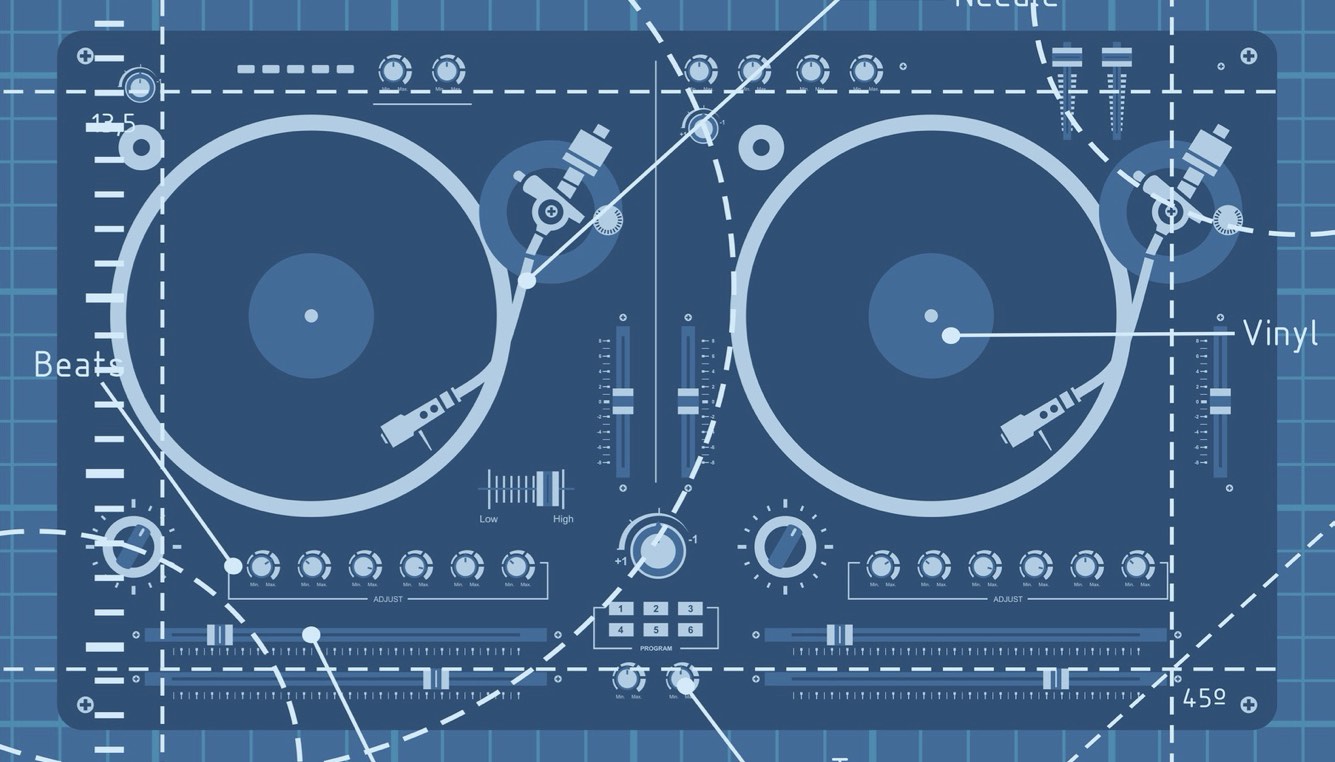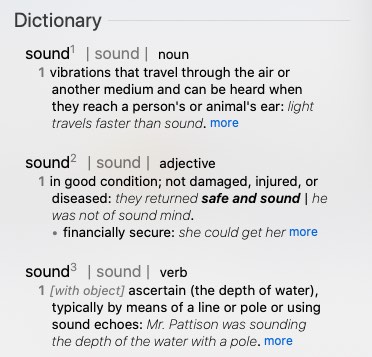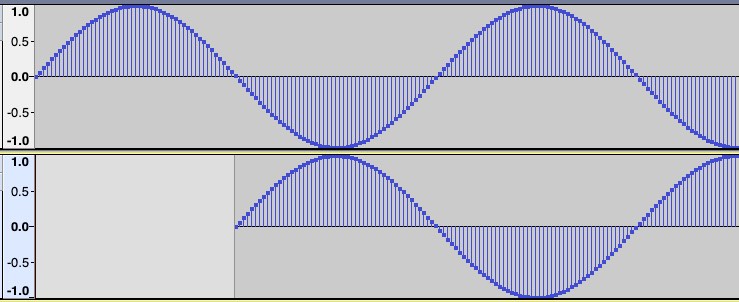2 Sound in the Real and Digital World

![]()
So what exactly is sound?

Obviously we will be concerned with the first definition! Interesting that for humans to perceive sound, there must be some medium (for example air or water) which helps the sound source get to us so that we can hear (or sometimes feel) that sound. In everyday life, sound travels though the air as waves similar to waves in water. Sound is created when something vibrates (such as a guitar string or human vocal cords) causing the air molecules around the source to also vibrate.
In order for sound to propagate from one place to another, it requires a medium or a fluid to move through. The air here on Earth allows sound waves to move from one point to another (sound can also move through water, steel, earth, etc… it just requires that particles/atoms/molecules are touching one another). However, the Moon is in space, and space is mostly a vacuum (there are always some atoms floating around, but they are VERY far apart and don’t interact with one another). Thus there is no sound on the Moon.
Brad Bailey (NASA Lunar Science Institute Staff Scientist – August 25, 2010)
In a pure vacuum such as outer space, one could argue that there is no sound as there are no molecules that can transport sound waves from source to other location.
Since the sound waves are causing the air molecules to vibrate, the characteristics of the source also affect what we might hear. Here’s an interesting demonstration of the same sound wave used in pairs to create variations in loudness.
Here’s what is happening…

Note the numbers on the left (-1 to +1). At any point in the tracks, if you add the two wave values, the sum will be zero. So zero ‘force’ is exerted on the air molecules thus we don’t perceive any sound.
This is the principle behind noise cancelling headphones. They use a microphone that measures the ambient sound, generates a waveform that is the exact negative as done in the video demo, and then finally mix that with the actual audio that the listener desires.
Our perception of any sound is based not only on the physics of how sound travels through the air, but also on our past experience and knowledge – more about that later!
Summary
- Sound is produced through the vibrations of a source…
- …which in turn travels through the air as waves.
